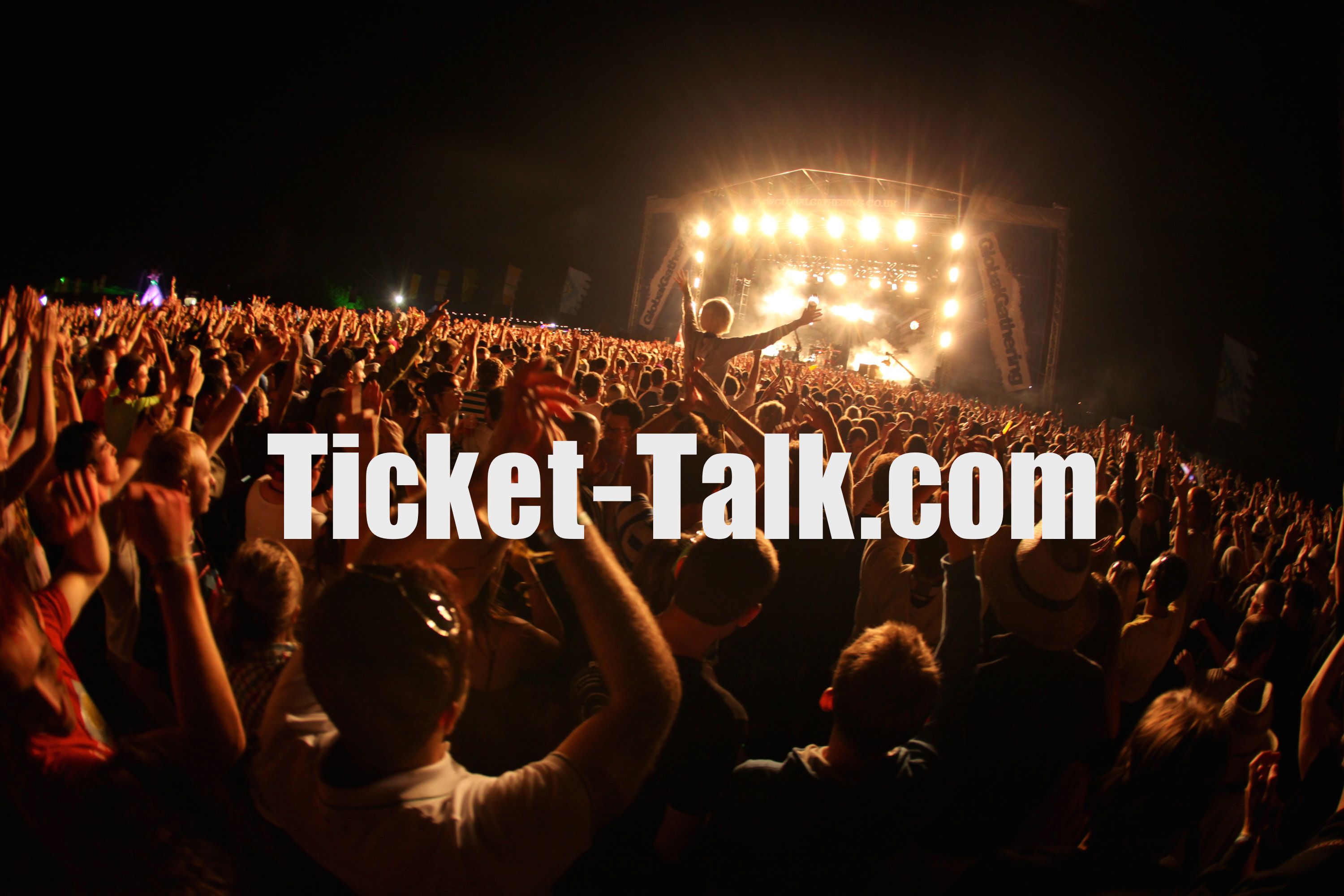Higher prices, more consumer choice and no instant sellouts are on the horizon for high demand artists.
One day after Taylor Swift tickets went on sale to the general public and a week after presales, hundreds of tickets for every stop on her Reputation stadium tour were still available on Ticketmaster. While some view the lack of sellout dates as a sign of softness in demand, Ticketmaster officials say they have effectively shifted ticket sales back to the primary market, captured more revenue for the artist and are changing the customer experience for fans.
Gone are the days of rapid pace 10 a.m. ticket sales, where consumers stood little chance against bots buying up everything in a matter of minutes and dumping tickets on sites like StubHub, explains David Marcus, executive VP and head of music at Ticketmaster.
“We’d like to sell the last ticket to her concert when she takes the stage each night,” he says. “We’re not trying to sell all of her tickets in one minute; we’re trying to figure out how to sell tickets in a more modern way.”
Welcome to “slow ticketing,” a shift toward slowing the sales to human speed. By requiring consumers to register in advance through Verified Fan and pricing tickets to reflect what consumers are willing to pay, Ticketmaster is reshaping its primary marketplace to look more like the secondary. At any time, consumers can log into Ticketmaster for the Taylor Swift Reputation tour and shop tickets at all price levels as well as secondary tickets through its TicketsNow resale platform.
That means less tickets on sites like StubHub. Unlike her 1989 tour where 30 percent of the tickets were sold via the secondary market, according to Marcus, only three percent of Taylor Swift’s tickets made it to the secondary market this time — about 70,000 tickets of a total of approximately 2.5 million tickets available.
“There’s less inventory on the secondary market and it’s more expensive because the tickets tend to skew toward premium seats,” explains Jesse Lawrence, founder of TicketIQ, a search engine for primary and secondary tickets. Contrast that with the primary where “there are plenty of inexpensive tickets still available.”
The shift could mean an additional $1-1.5 million in revenues per show for Swift and promoter Louis Messina, Lawrence says, noting that during the 1989 tour three years, brokers had marked up tickets on average by 30 percent.
“This time, the artist and promoter are capturing that revenue and not the secondary market,” he said.
Pricing tickets higher isn’t without its pitfalls. Many fans took to Twitter to express shock at the tour’s $1,500 VIP tickets and $800 “Snake Pit” tickets, complaining that front section packages were much more expensive than the 1989 tour. Tour organizers argue that tickets are being priced for what they would sell for on the secondary market, but the sharp increase has some fans feeling gouged.
“Change is not easy,” WME head of music Marc Geiger tells Billboard, explaining that he’s been pushing for smarter, market-driven pricing strategies.
“The idea that a consumer is going to sit in first class with an economy ticket is a holdover from what I used to call ‘rock and roll socialist pricing,'” Geiger explains, saying that consumers have gotten used to seeing tickets priced low on Ticketmaster and the notion that if they can get to them before they go on StubHub they’ll get a better deal.
High prices on Ticketmaster are just “a different thing to complain about,” he says, “We are slowly moving towards hopefully a market economy. And if people don’t like the price of one ticket, then they can either buy a cheaper ticket or not go to the show.”
Besides dealing with sticker shock, Ticketmaster also has to consider how slow it wants slow ticketing to be. Asking consumers to register in advance and then wait to receive an invitation for a specific window to buy tickets, sometimes arriving several hours late, might turn some buyers off.
Marcus said consumers seemed OK with the wait and buy approach. Early returns show a much higher conversion rate — Marcus said 85 percent of fans who shopped on the first two days bought tickets. Depending on the site and what’s being sold, most online stores and e-commerce sites see a two-to-10 percent conversion rate.
Ticketmaster is also looking at whether it can bring more customers into the sales queue at one time, while still not opening up the system to a flood of bots. That allows more fans at once to buy tickets from an interactive seat map as opposed to having to use a “best available option” system where Ticketmaster chooses the seats for the consumer to speed up the transaction.
“Typically, when you have too many people trying to buy a ticket from a seat map, you see sales start to collide as people try the same ticket, over and over in a loop,” he said, noting that on the first day of sales, only four people were allowed in the sales queue at one time, followed by eight people the second day before Ticketmaster switched fans to “best available” on the third day of the presale.
“This experience has taught us that we can have more people using the seat map at once, especially in a stadium where there is so much available inventory,” Marcus said. “It shifts the model from one that is about momentum, which promoters are always trying to keep going during a ticket sale, to a demand-driven approach where fans can come in at a scheduled time and shop from an interactive map. It’s replacing momentum with consumer choice and experience.”
